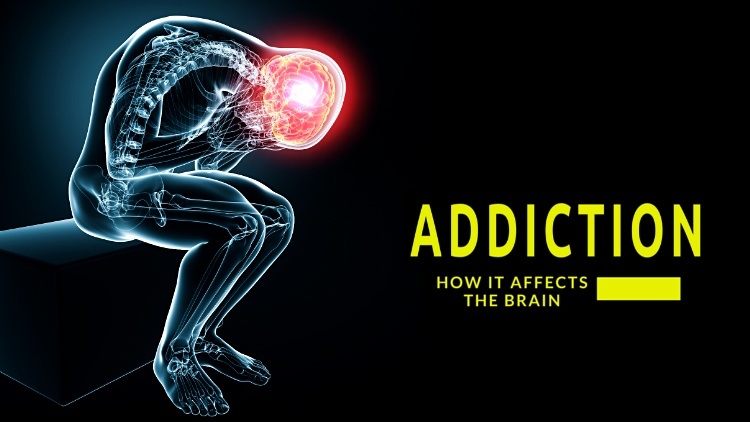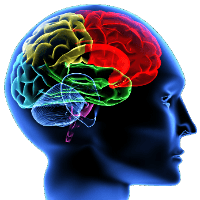 Addiction is dangerous. It has the power to warp reality and can shatter personal and professional relationships. For a long time, it was a difficult term to define. In Latin, the word literally means “enslaved or bound to.” Addiction pounds the brain, providing powerful pressures that generally show up in three forms:
Addiction is dangerous. It has the power to warp reality and can shatter personal and professional relationships. For a long time, it was a difficult term to define. In Latin, the word literally means “enslaved or bound to.” Addiction pounds the brain, providing powerful pressures that generally show up in three forms:
- Strong craving or overwhelming desire for the item creating the addiction
- Inability to exhibit restraint when it comes to pursuing the object
- Persistent utilization of the substance, regardless of negative consequences
Researchers once believed people with addictions were weak-willed, or had character flaws enabling the addiction to continue. They thought curing addiction was as simple as punishment for negative behavior and focusing on the afflicted person’s willpower.
Sentiments toward addiction have progressively changed. These days, it’s seen as a disease, affecting the brain and the way it operates. Addiction is a sickness which afflicts the brain, the same way bronchitis afflicts the lungs.
According to the National Council on Alcoholism and Drug Dependence (NCADD), nearly 18 million Americans, or one in every 12 adults, suffer from alcohol abuse or dependence. Additionally, an estimated 48 million people aged 12 and older are using prescription drugs for nonmedical reasons.
Effects on the brain’s natural balance
Addiction can have major psychological effects on people. However, it can also have physical effects on the brain because it interrupts homeostasis (the human body’s natural balance).
The brain is the maestro and your body is the orchestra. It’s constantly tweaking and adjusting chemicals to maintain a functioning, harmonic system. The influx of foreign chemicals associated with addiction destroys that balance.
Pleasure principle
 When it comes to pleasure, the brain groups the different forms of it into the same feeling. It doesn’t matter if the pleasure comes from a favorite meal, a drug or a sports victory, if it’s pleasurable, the brain sees it all the same way.
When it comes to pleasure, the brain groups the different forms of it into the same feeling. It doesn’t matter if the pleasure comes from a favorite meal, a drug or a sports victory, if it’s pleasurable, the brain sees it all the same way.
Addictive substances go directly to the brain’s “rewards” section. They inundate the brain with dopamine (a neurotransmitter released when the brain registers something pleasurable) and the brain makes a connection between the substance and the positive vibes the dopamine brings.
Tolerance and consumption
Before long, the brain adapts to the high levels of dopamine. It actually makes the source of pleasure less desirable in order to counteract the influx and properly restore balance.
When a person is addicted to something, the brain’s receptors become overwhelmed. To counteract this, the brain produces less dopamine, or removes the dopamine receptors. It’s like turning your music speakers down when the volume gets too high.
The adjustment limits the affect dopamine has on the body. Now, to achieve the same “high”, people have to take more of the substance to get the same feeling as before, since the brain is less sensitive to it. This effect is called tolerance.
Here’s where compulsion comes in. Pleasure received from the substance drops, but the memory of the feeling the dopamine brings lingers and grows over time. The desire remains and now the person requires more of the substance because the reception of the dopamine has been adjusted by the brain.
Even though research shows addiction to be a disease, it takes voluntary action to occur. The person suffering from it plays a major part in developing the addiction and they must also play an integral part in recovering from it.








